
An artist’s impression of a station of radio antennas. Each station has 256 antennas, and the SKA-Low telescope will have 512 stations. Credit: DISR
A team of researchers, engineers, and technicians has developed a ‘SMART box’ to power the world’s largest radio telescope.
The Power and Signal Distribution (PaSD) SMART boxes (Small Modular Aggregation RFoF Trunk) are an essential component of the Square Kilometre Array Low frequency (SKA-Low) telescope, currently under construction at Inyarrimanha Ilgari Bundara, the CSIRO Murchison Radio-astronomy Observatory, in Western Australia.
The SMART boxes provide electrical power to the SKA-Low telescope’s 131,072 antennas and collect signals received from the sky to go off-site for processing.
The Development Journey
The Engineering & Operations team at the Curtin University node of the International Centre for Radio Astronomy Research (ICRAR) designed and built the first set of 24 SMART boxes, which were 10 years in the making.
Challenges and Solutions
Tom Booler, Program Lead for Engineering and Operations at ICRAR, said they are the only electrical devices that must be placed among the antennas, creating a challenge for this sensitive equipment.
“The SKA-Low telescope will receive exquisitely faint signals that have traveled across the Universe for billions of years,” he said.
“To detect them, the SKA-Low telescope is being built in a pristine radio quiet zone far from the interference created by modern technology.
“It’s so radio quiet at the observatory site that the biggest potential source of interference is the electronics like ours, due to the proximity to the antennas. That meant our project had to meet the strictest radio emission requirements across the entire Australian SKA site.”
The team had to source special ‘radio quiet’ parts that emit minimal interference, replacing the more ‘noisy’ ones. The parts were then wrapped in a specially designed case to prevent any stray radio waves from escaping.
The boxes were tested at a dedicated electromagnetic test facility in South Africa, where they passed with flying colors.
Mihaela Safta from the Curtin node of the International Centre for Radio Astronomy research explains how the team designed a desert-proof, radio-quiet power supply for the world’s largest radio telescope. Credit: ICRAR
“The ‘radio quiet’ results that the ICRAR-designed SMART boxes achieved were to the highest standards in radio astronomy. A mobile phone on the surface of the moon would cause more interference to the antennas than the SMART boxes that sit among them,” Mr. Booler said.
Contract and Future Prospects
A contract to build up to 12,000 SMART boxes for the entire fit-out of the SKA-Low telescope was recently awarded to Perth-based company AVI after a competitive tender process. This is the biggest contract in Australia for SKA construction, outside infrastructure, and software, realizing the benefits intended from the Australian Government’s investment into SKA pre-construction activities over the past decade.
Mr. Booler said he was pleased to see that the SMART boxes would be built in Western Australia, a promising indication of Australia’s sovereign capability in the space industry, and one that could be leveraged into the future.
AVI Managing Director, Tony Routledge said the company was proud to be involved.
“Being part of the SKA project is an incredible opportunity for AVI to contribute what we have learned over our thirty-five years of delivering hardened electronic systems to the defense, security, and mining sectors. Harsh environments are our specialty. Extreme temperatures, ingress protection, and the low noise requirements, coupled with the remoteness of this location offer more opportunities to learn and evolve” he said.
“I think we are all eager to be a part of what findings may eventually be revealed by the radio telescope.”

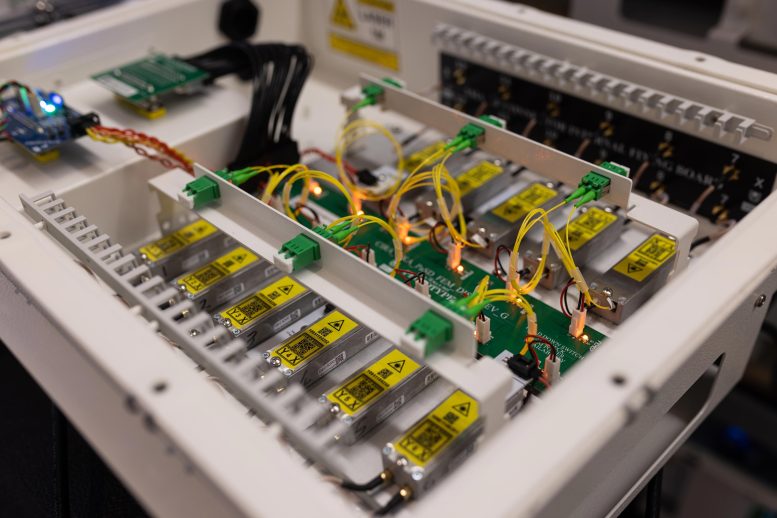
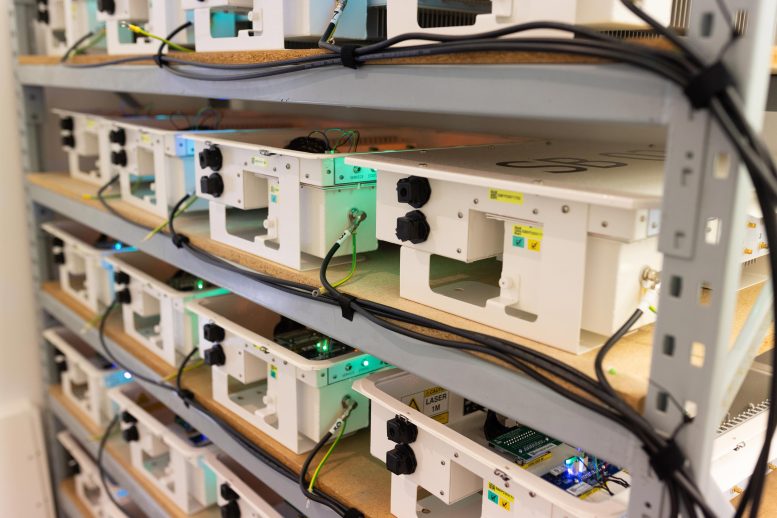
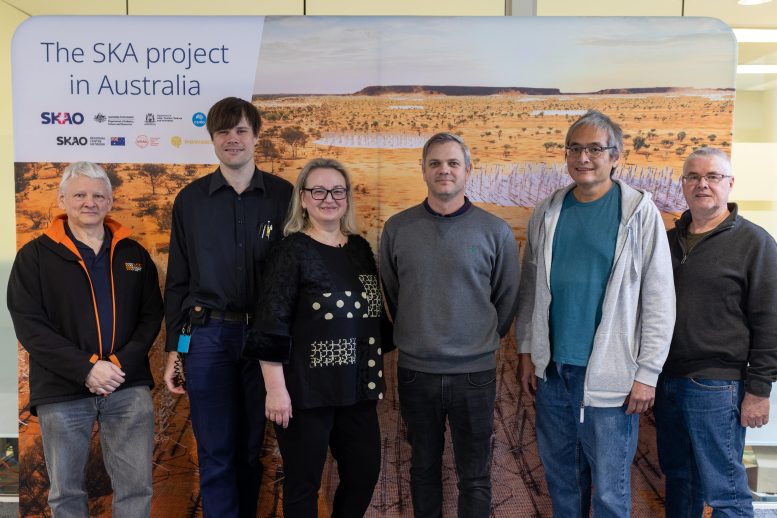

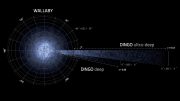

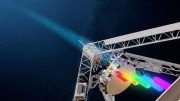
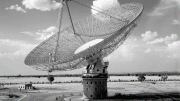


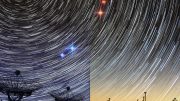
Quiet electronics is a very old art. I am not impressed.